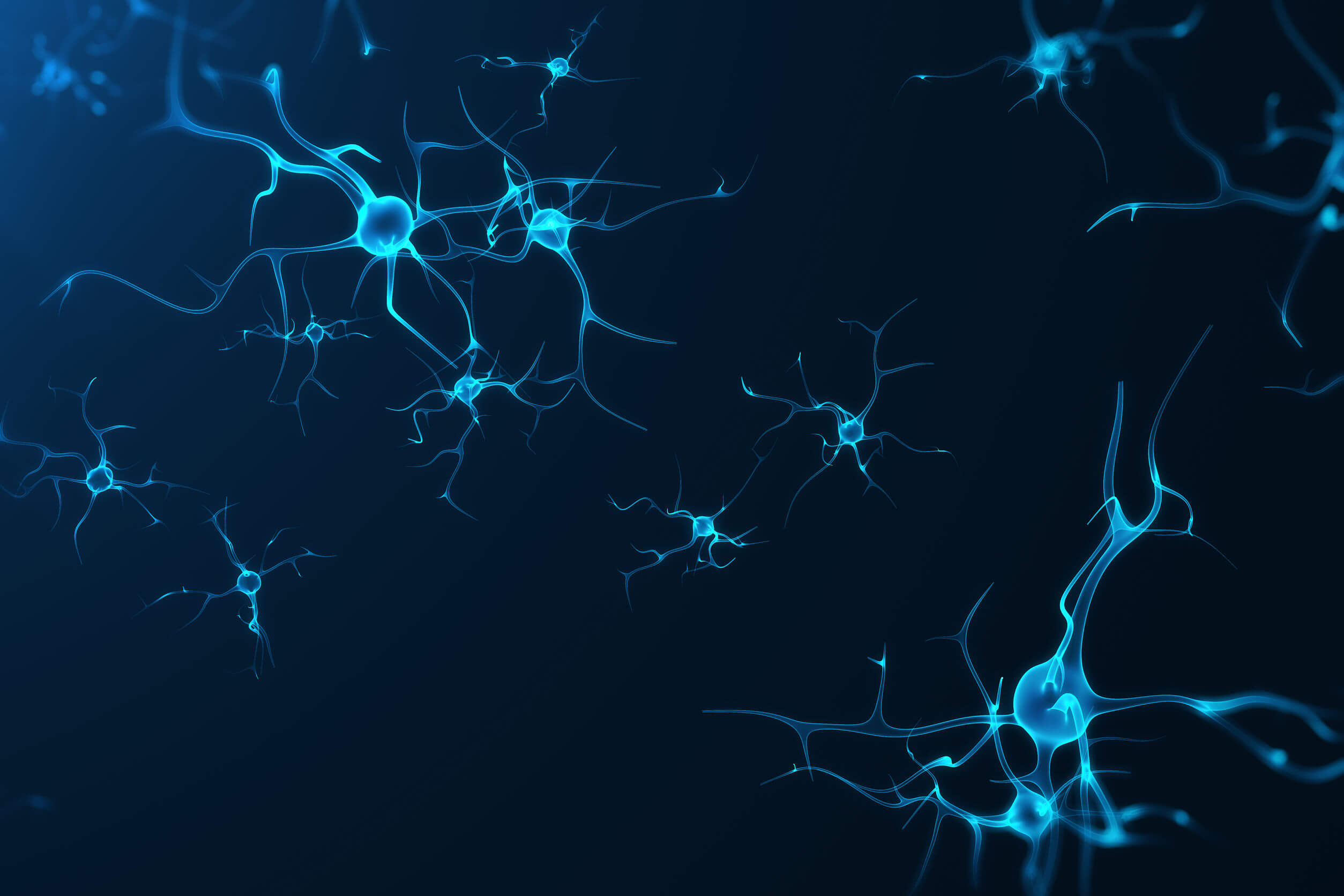Medications for Back Pain

The number of people with back ailments increases on a daily basis. Pain in this region can appear due to multiple causes, from sudden movements to poor posture. Fortunately, there are many medications that relieve back pain and, in this article, we’re going to talk about them.
The back has multiple bone structures that give it stability, such as the vertebrae. In addition, it also has different muscles that allow it to perform different movements.
Lower back pain is the most frequent manifestation of back pain, and studies show that between 60% and 90% of people can suffer from it. This is a real health problem in developing countries and is the most frequent cause of absence from work in people under 45 years of age.
What are the best medications for back pain?
This type of pain can appear due to bone, muscle and even internal organ conditions (in the case of the kidneys). In general terms, the treatment for this common condition should be aimed at reducing its intensity and minimizing the consequences that it may unleash.
These days, it’s possible to find many different medications to treat back pain, depending on its etiological origin. Among the most used compounds, the following stand out:
Non-steroidal anti-inflammatory drugs (NSAIDs)

NSAIDs are the first-line drugs in the treatment of lower back pain, both chronic and acute. However, it’s necessary to use the lowest effective dose possible, and for a limited time, in order to avoid side effects.
This group of drugs are not only useful for reducing back pain, but also have antipyretic and anti-inflammatory effects. NSAIDs inhibit enzymes called cyclooxygenases both in the central nervous system and at a peripheral level.
Cyclooxygenases are key enzymes in the synthesis of a substance called prostaglandin. As there’s no adequate concentration of prostaglandins in the tissues, the inflammatory process won’t appear. In addition, they inhibit the increase in body temperature when it exerts its effect on the brain, thus eliminating the fever.
NSAIDs reduce the inflammation of the interarticular discs or arthritis in the back, thus improving the pain presented. However, patients can develop stomach pain, gastric ulcers, gastrointestinal bleeding, kidney or liver failure if they consume them for a long time.
These medications for back pain are available over the counter in any pharmacy, among the best known are the following:
- Ibuprofen
- Naproxen
Narcotic pain relievers
This group of drugs are also known as opiates, which are widely used in the treatment of non-cancer back pain according to multiple investigations. However, they can’t be consumed for a long time, so pain relief and improvement in motor function will be short-term.
Narcotic analgesics work in the body by inhibiting opioid receptors located in the nervous system. This inhibition interrupts the route of pain transmission, so that the patient will perceive almost immediate relief. However, they also intervene in other functions and cause psychological effects.
One of the biggest adverse effects of this type of compound is its ability to cause tolerance, dependence and addiction. This means that the patient will have to increase the dose more and more in order to obtain the desired effect. In addition to this, they may also develop withdrawal symptoms when they stop taking them.
Opioids are associated with accidental overdose and death, and so they must be consumed under strict medical prescription. Some medicines belonging to this group are tramadol, morphine, oxycodone and fentanyl.
Muscle relaxants
Different investigations have shown the usefulness of muscle relaxants as medications for back pain. However, this group of drugs includes benzodiazepines, so their use should be avoided due to the physical and psychological dependence associated with them.
Benzodiazepines are drugs widely used in the treatment of various psychiatric conditions such as depression and anxiety. They’re especially useful when back pain is caused by muscle spasms.
This group of drugs increases the effect of a substance called gamma-aminobutyric acid, which is the inhibitory neurotransmitter par excellence. It causes skeletal muscle relaxation, which prevents muscle spasms and relieves pain.
These medications must be used for short periods of time in order to avoid the development of dependence and addiction. The person may also develop other side effects from their consumption, among which we find dizziness, diarrhea and drowsiness.
Antidepressants and anticonvulsants

Prescribing antidepressants for back pain is currently controversial, as there are many conflicting results. The compounds that have shown the best results are tricyclic antidepressants and serotonin and norepinephrine reuptake inhibitors (SNRIs).
The mentioned compounds demonstrated greater effectiveness when compared to the placebo effects. In this sense, medications are useful in the treatment of chronic lower back pain with a neuropathic component that causes depression.
Both tricyclic antidepressants and SNRIs increase the concentration of serotonin and norepinephrine in nerve endings, which explains their therapeutic effect. However, its analgesic effect isn’t entirely clear.
Having said this, there’s no scientific evidence to totally support the use of anticonvulsants as medications for back pain. However, studies show that certain compounds such as gabapentin have an analgesic effect on pain associated with nerve damage.
Non-drug relief is possible
Despite the large number of medications available for the treatment of back pain, it’s best to seek relief with non-drug therapies. The use of analgesics should only be used when other measures have failed and the person can’t find relief for their symptoms.
Some therapies such as surface heat, acupuncture, and massages tend to reduce acute pain, while rehabilitation and exercise are helpful in chronic pain. However, it’s always necessary to consult the doctor if you are suffering from these problems, as only they will be able to determine the best therapy to follow.
The number of people with back ailments increases on a daily basis. Pain in this region can appear due to multiple causes, from sudden movements to poor posture. Fortunately, there are many medications that relieve back pain and, in this article, we’re going to talk about them.
The back has multiple bone structures that give it stability, such as the vertebrae. In addition, it also has different muscles that allow it to perform different movements.
Lower back pain is the most frequent manifestation of back pain, and studies show that between 60% and 90% of people can suffer from it. This is a real health problem in developing countries and is the most frequent cause of absence from work in people under 45 years of age.
What are the best medications for back pain?
This type of pain can appear due to bone, muscle and even internal organ conditions (in the case of the kidneys). In general terms, the treatment for this common condition should be aimed at reducing its intensity and minimizing the consequences that it may unleash.
These days, it’s possible to find many different medications to treat back pain, depending on its etiological origin. Among the most used compounds, the following stand out:
Non-steroidal anti-inflammatory drugs (NSAIDs)

NSAIDs are the first-line drugs in the treatment of lower back pain, both chronic and acute. However, it’s necessary to use the lowest effective dose possible, and for a limited time, in order to avoid side effects.
This group of drugs are not only useful for reducing back pain, but also have antipyretic and anti-inflammatory effects. NSAIDs inhibit enzymes called cyclooxygenases both in the central nervous system and at a peripheral level.
Cyclooxygenases are key enzymes in the synthesis of a substance called prostaglandin. As there’s no adequate concentration of prostaglandins in the tissues, the inflammatory process won’t appear. In addition, they inhibit the increase in body temperature when it exerts its effect on the brain, thus eliminating the fever.
NSAIDs reduce the inflammation of the interarticular discs or arthritis in the back, thus improving the pain presented. However, patients can develop stomach pain, gastric ulcers, gastrointestinal bleeding, kidney or liver failure if they consume them for a long time.
These medications for back pain are available over the counter in any pharmacy, among the best known are the following:
- Ibuprofen
- Naproxen
Narcotic pain relievers
This group of drugs are also known as opiates, which are widely used in the treatment of non-cancer back pain according to multiple investigations. However, they can’t be consumed for a long time, so pain relief and improvement in motor function will be short-term.
Narcotic analgesics work in the body by inhibiting opioid receptors located in the nervous system. This inhibition interrupts the route of pain transmission, so that the patient will perceive almost immediate relief. However, they also intervene in other functions and cause psychological effects.
One of the biggest adverse effects of this type of compound is its ability to cause tolerance, dependence and addiction. This means that the patient will have to increase the dose more and more in order to obtain the desired effect. In addition to this, they may also develop withdrawal symptoms when they stop taking them.
Opioids are associated with accidental overdose and death, and so they must be consumed under strict medical prescription. Some medicines belonging to this group are tramadol, morphine, oxycodone and fentanyl.
Muscle relaxants
Different investigations have shown the usefulness of muscle relaxants as medications for back pain. However, this group of drugs includes benzodiazepines, so their use should be avoided due to the physical and psychological dependence associated with them.
Benzodiazepines are drugs widely used in the treatment of various psychiatric conditions such as depression and anxiety. They’re especially useful when back pain is caused by muscle spasms.
This group of drugs increases the effect of a substance called gamma-aminobutyric acid, which is the inhibitory neurotransmitter par excellence. It causes skeletal muscle relaxation, which prevents muscle spasms and relieves pain.
These medications must be used for short periods of time in order to avoid the development of dependence and addiction. The person may also develop other side effects from their consumption, among which we find dizziness, diarrhea and drowsiness.
Antidepressants and anticonvulsants

Prescribing antidepressants for back pain is currently controversial, as there are many conflicting results. The compounds that have shown the best results are tricyclic antidepressants and serotonin and norepinephrine reuptake inhibitors (SNRIs).
The mentioned compounds demonstrated greater effectiveness when compared to the placebo effects. In this sense, medications are useful in the treatment of chronic lower back pain with a neuropathic component that causes depression.
Both tricyclic antidepressants and SNRIs increase the concentration of serotonin and norepinephrine in nerve endings, which explains their therapeutic effect. However, its analgesic effect isn’t entirely clear.
Having said this, there’s no scientific evidence to totally support the use of anticonvulsants as medications for back pain. However, studies show that certain compounds such as gabapentin have an analgesic effect on pain associated with nerve damage.
Non-drug relief is possible
Despite the large number of medications available for the treatment of back pain, it’s best to seek relief with non-drug therapies. The use of analgesics should only be used when other measures have failed and the person can’t find relief for their symptoms.
Some therapies such as surface heat, acupuncture, and massages tend to reduce acute pain, while rehabilitation and exercise are helpful in chronic pain. However, it’s always necessary to consult the doctor if you are suffering from these problems, as only they will be able to determine the best therapy to follow.
- García Delgado J, Valdés Lara G, Martínez Torres J, Pedroso Morales I. Epidemiología del dolor de espalda bajo. Invest Medicoquir. 2014; 6(1): aprox. 13 p.
- Medel Rebollo J. Dolor de espalda, factores de riesgo de recurrencia y abordaje terapéutico. Dolor. 2020; 35: 41-48.
- Chaparro L, Furlan A, Deshpande A, Mailis-Gagnon A et al. Opioids compared to placebo or other treatments for chronic low-back pain. Cochrane Database of Systematic Reviews 2013, Issue 8. Art. No.: CD004959.
- Wiffen P, Collins S, McQuay H, Carroll D, Jadad A, Moore R. Anticonvulsant drugs for acute and chronic pain. Cochrane Database of Systematic Reviews. 2005.
- Guevara-López U, Covarrubias-Gómez A, Elías-Dib J, Reyes-Sánchez A et al. Parámetros de práctica para el manejo del dolor de espalda baja. Cirugía y Cirujanos. 2011;79(3):286-302.
- Kinkade S. Evaluation and treatment of acute low back pain. Am Fam Physician. 2007 Apr 15;75(8):1181-8.
Este texto se ofrece únicamente con propósitos informativos y no reemplaza la consulta con un profesional. Ante dudas, consulta a tu especialista.







